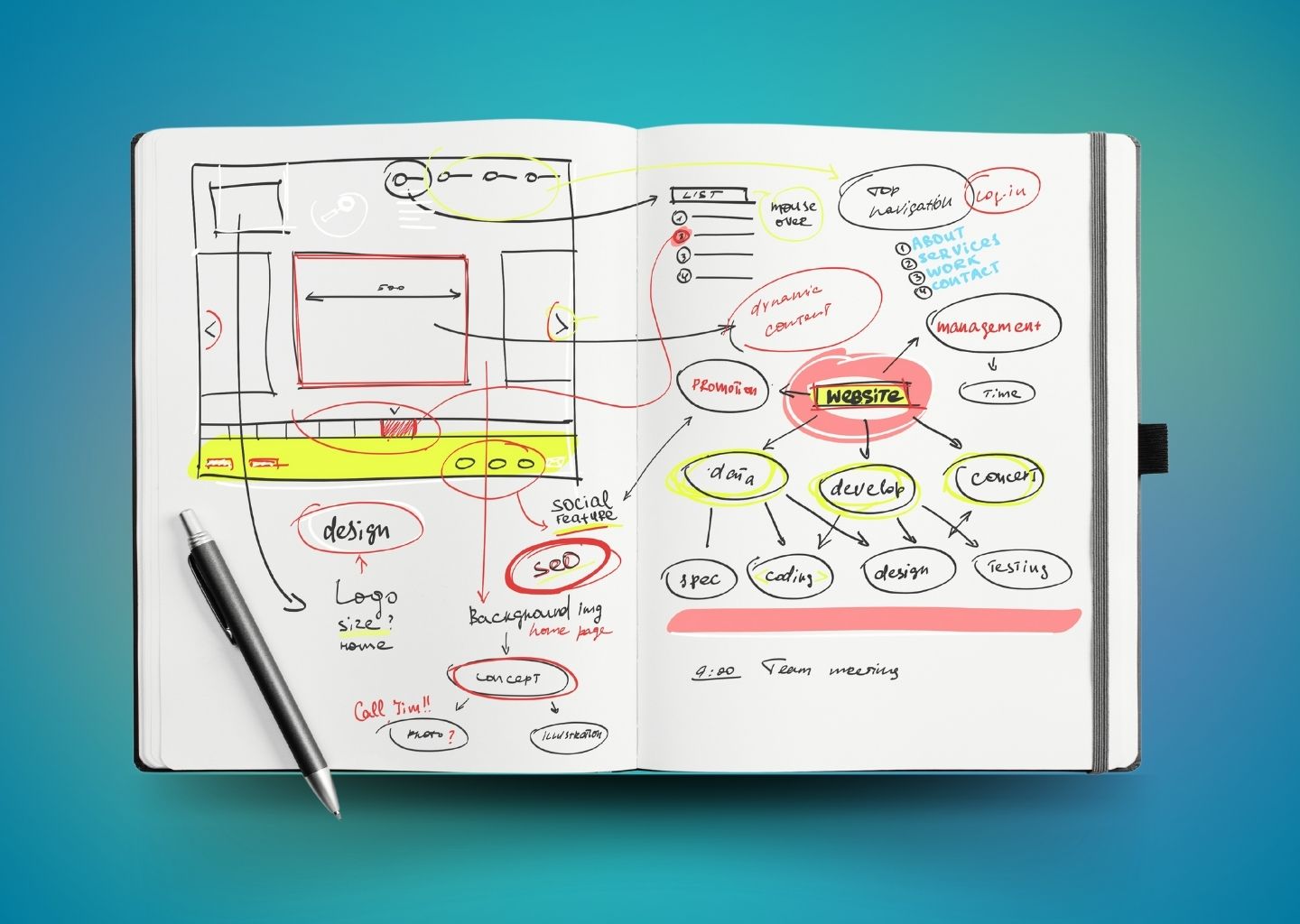Estimates serve as the cornerstone of any website project, providing clients with a roadmap for budgeting, planning, and expectation management. They offer a glimpse into the intricate tapestry of tasks, timelines, and resources needed to bring a website to life.
Despite knowing this, agencies have always struggled to generate estimates. Wait… I’ve written that wrong. Agencies have always struggled to generate ACCURATE estimates. While clients often seek concrete figures early in the process, developers understand that estimating the time and cost of a project is far from straightforward.
How CommonPlaces Estimates Projects
When a client asks “How much does a new website cost?” My answer is as clear as mud because there is no easy answer. While estimates are an essential compass guiding us through the turbulent seas of web development, they’re also as slippery as an eel in a bucket for development agencies to provide.
At CommonPlaces, we want to partner with clients, not just win bids. We strive to be transparent, honest, and professional in our estimating process. We find our estimates get more accurate the more we understand the client. This learning leads to our first Estimate Dilemma.

Estimate Dilemma #1: What to Estimate
You’d think knowing what to estimate would be pretty simple. After all, a lot of clients have an RFP (request for proposal) or come to us asking for X. We’ve got a ton of project experience and X doesn’t always mean X. Sometimes it means Y. Or a Z followed by a 2nd deployment phase of W. Basically, we’ve learned there’s a difference between what’s requested, what’s expected, and what’s needed.
We want the project to be a success so we take the time to learn about the client. We sometimes learn that the client expects or needs something different than what was originally requested. The potential downside of our approach of estimating based on expected rather than requested features is the risk of pricing higher than competitors who stick to the requested scope.
If we only estimate what is requested, we can run into the issue that it doesn’t deliver what the client is expecting. That’s no fun for anyone. So we spend the time and energy it takes to thoroughly understand what should be estimated. Which leads to Estimate Dilemma #2.

Estimate Dilemma #2: Dancing with complexity and other vendors
Every website project is unique, and the technical requirements can vary widely. Factors such as third-party integrations, custom functionalities, and compliance regulations can significantly influence the complexity of a project. These factors are the reason why you’ve turned to professionals in the first place!
Developers must carefully assess these technical aspects to provide realistic estimates, which does take time. Technical difficulties aside, not all third-party systems come with comprehensive documentation. This means there are times when a developer must make their best guess as to how the two systems will work together and then hope they are correct.
In short, accurately gauging the time and resources needed for complex technical tasks can be challenging, particularly if there are unforeseen hurdles along the way. Delays or complications with these external factors can disrupt the project timeline and greatly impact the budget. This leads us to our third dilemma.

Estimate Dilemma #3: Accounting for the unexpected
We often compare providing an estimate for a new project to planning a road trip. Sure, you have a general idea of how long it will take for you to get from Point A to Point B, you can even plan for a few bathroom breaks along the way. Even the best plans can’t account for everything that might happen; traffic, car trouble, side trips, etc.
It’s nearly impossible to provide an estimate that accounts for all potential variables, roadblocks, and scope changes that occur throughout the project. This isn’t an issue when working on an agile project, but does present a problem when estimating a waterfall project.
We know that our clients may innocently request additional features or changes along the way. These alterations, known as scope creep, can significantly impact the project timeline and budget. We often give ourselves a little buffer when it comes to providing estimates. We also do our best to identify areas that may impact the budget during planning to minimize sticker shock at the end of the day.



